IoT
Subscribe to Rikkeisoft's monthly newsletter
Get expert insights on digital transformation and event update straight to your inbox

Subscribe to Rikkeisoft's monthly newsletter
Get expert insights on digital transformation and event update straight to your inbox
